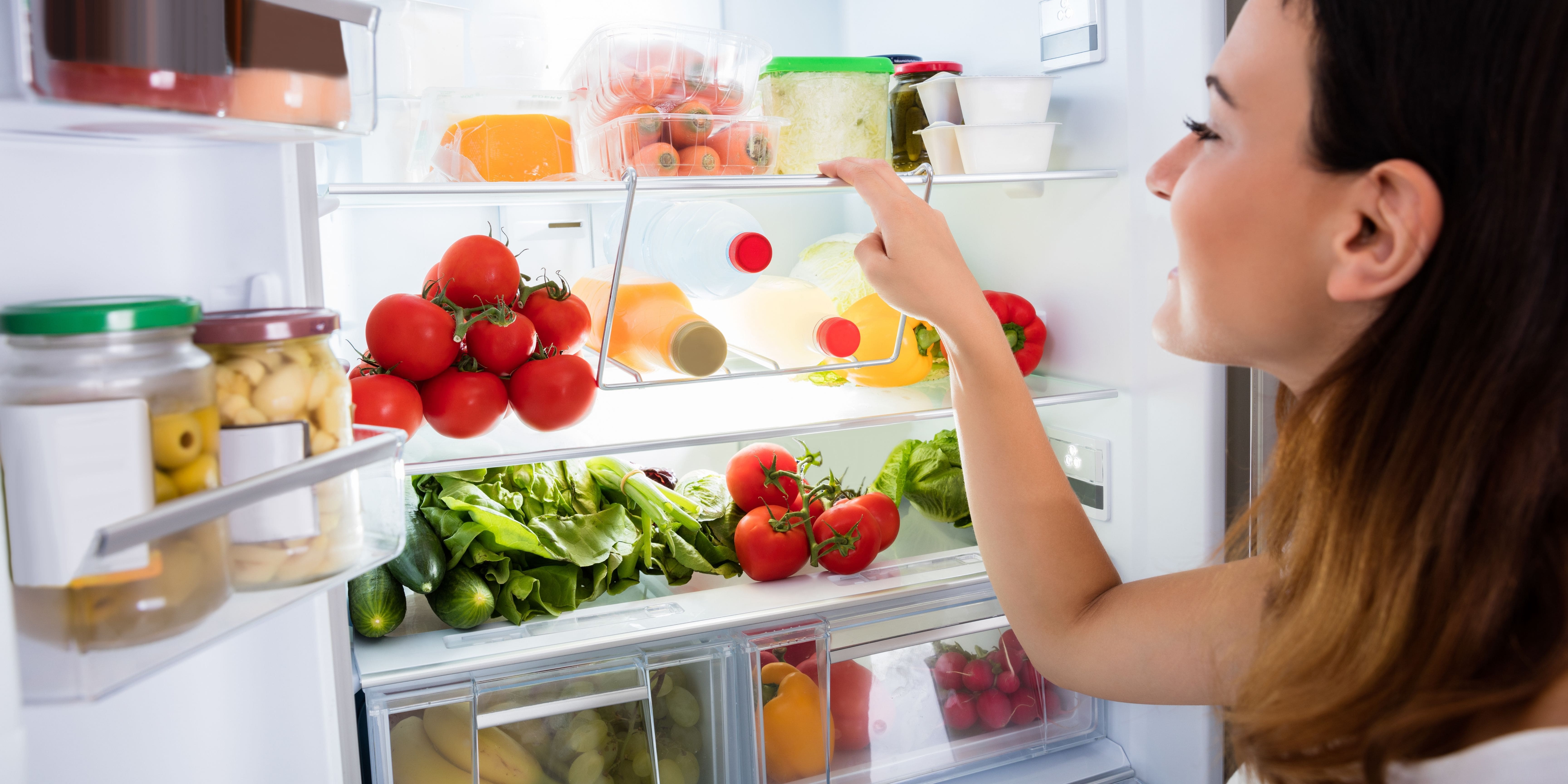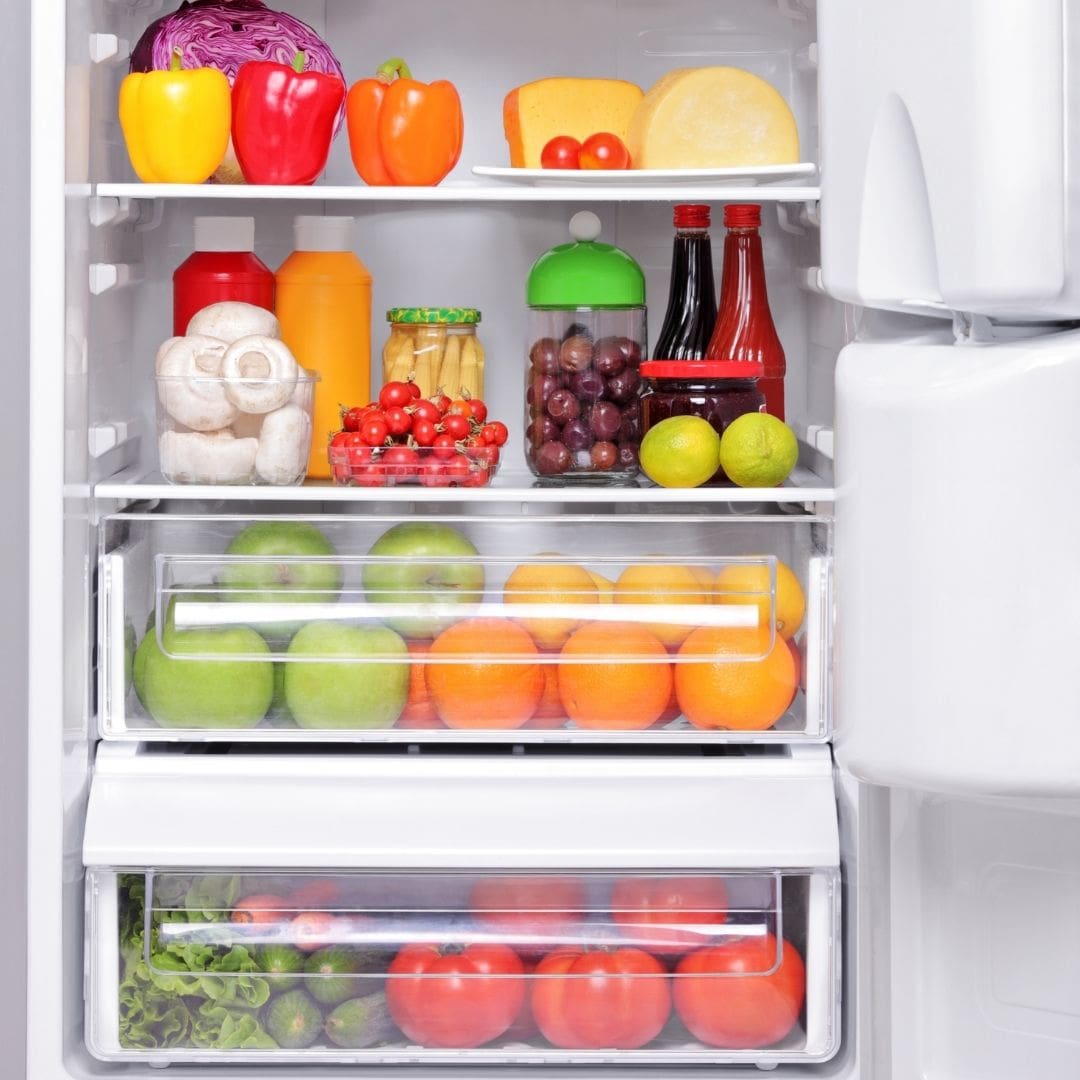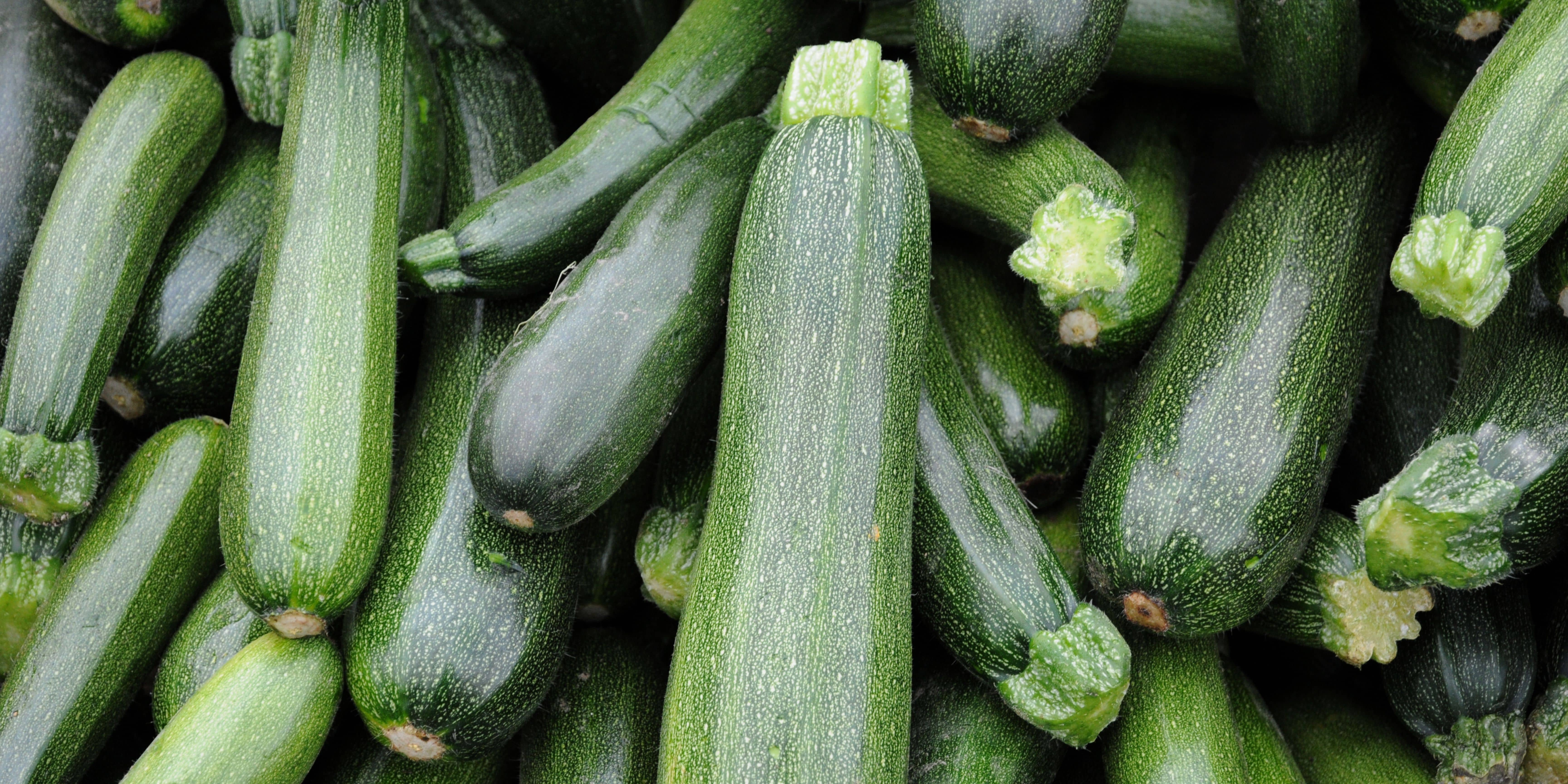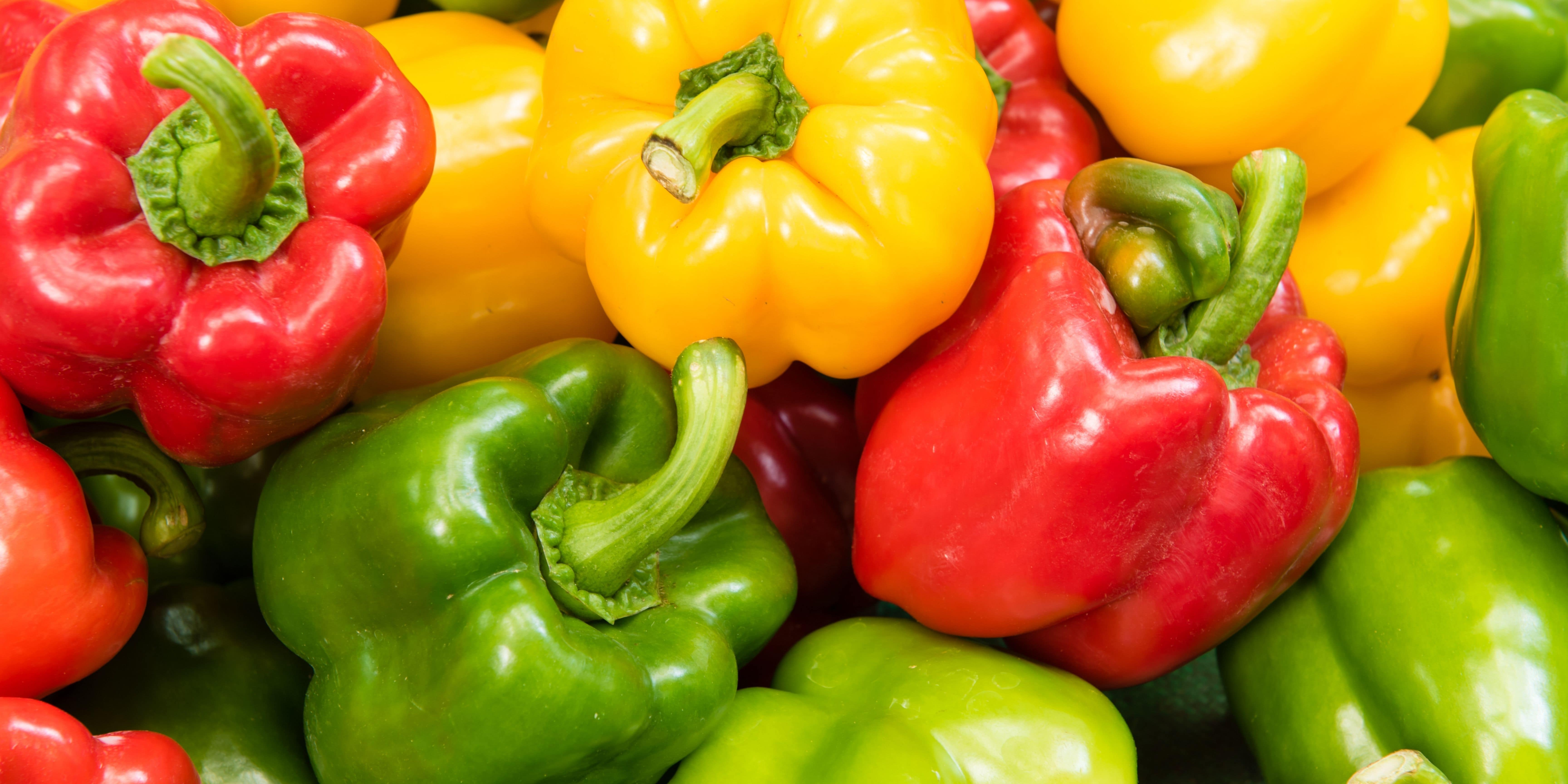Fresh produce storage has always been a bit of a guessing game. Most people tend to throw everything into the fridge and just hope for the best. Because of this, we have put together a handy guide on how to store fresh produce. With these tips your fresh produce is bound to last longer than ever before – saving you money and more importantly saving on food waste!
When storing fresh produce, it is important to consider the big three: temperature, ethylene and airflow. Lots of produce does keep well in the fridge as you know, however items such as potatoes, garlic, onions and even tomatoes are better left in a cool room temperature.
Some fruits like bananas naturally release Ethelene gas that causes other produce to ripen and eventually decay as many of you know, but did you know apples also do this? Whether in the fridge or not, ethylene sensitive fruits and vegetables such as cabbage, lettuce and broccoli should be kept separate from Ethelene emitting fresh produce.
Produce that is best kept at room temperature needs good air circulation. If left in their packaging, then they will prematurely spoil. Even if you buy the produce in a perforated plastic bag, they will last much longer if you take them out and let them breath.
Most produce that should be stored in the fridge tends to stay fresh for longer if it is sealed whether that’s in sandwich bags or lidded containers. These keep the moisture inside, preventing the produce from dehydrating whilst also protecting sensitive produce from ethylene gas.
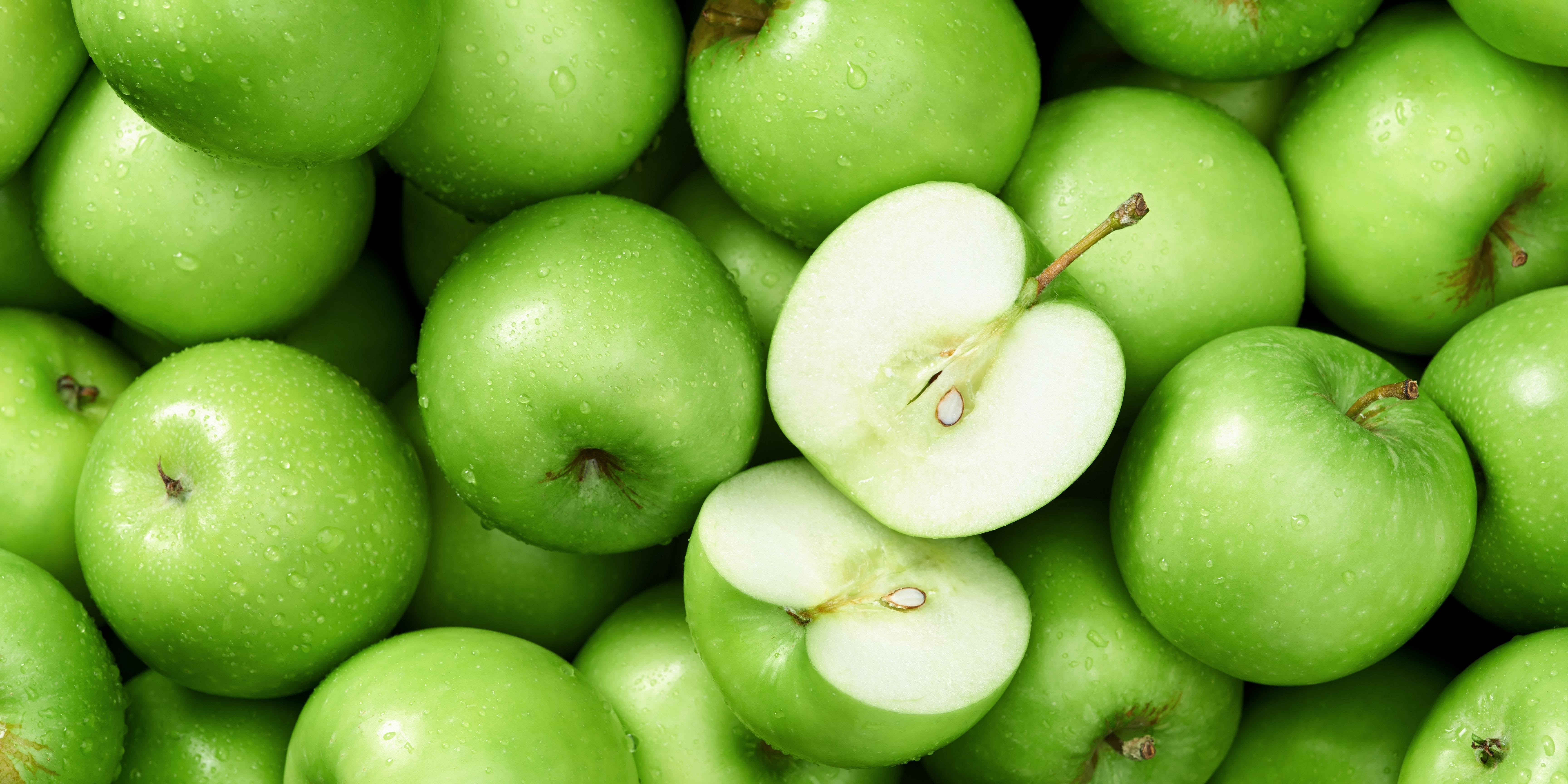
Apples: 10-14 days
Apples should not be stored with anything else due to emitting ethylene, they should be stored in the veg draw (crisper draw) in the fridge in an airtight container or zip topped bag to give them a longer life span.
Asparagus: 7 days
The ends of the asparagus spears should be trimmed before storage, they should then be stored upright in a glass of water and covered over with a plastic bag. Change the water as it becomes cloudy.
Avocados: 3-5 days
Avocados should be kept at room temperature until they ripped, as if they are placed in the fridge before the ripening process will be stopped. Once the avocado is fully ripe, store it in the fridge. If you cut an avocado, sprinkle the leftovers with lemon and store with the pit in the fridge to prevent oxidation (stop it from browning) and keep it fresher for longer.
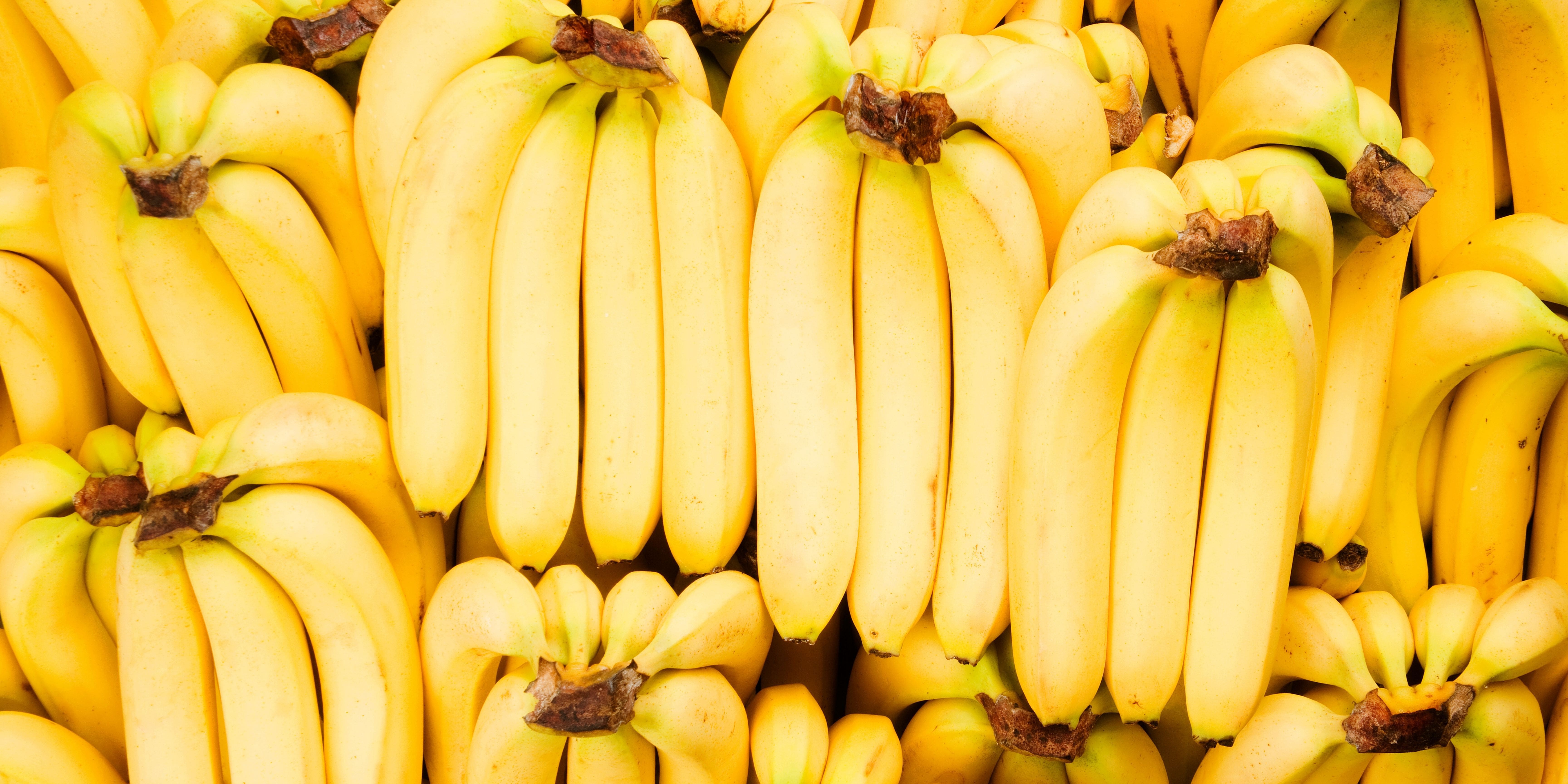
Bananas: 7-9 days
Ripen bananas at room temperature, once you begin to see brown freckles, place them in the fridge. But it is important bananas are in a sealed container or bag, or the ethylene they produce could spoil a lot of produce in your fridge!
Beetroot, Carrots, Ginger, Parsnips and Turnips: 14 – 21 days
Never store with their leaves attached, by removing the leaves moisture loss from the root is prevented meaning they will stay fresher longer. They should be stored in a cool, dark and dry environment like the fridge. They don’t produce much ethylene gas and so can be stored next to gas-sensitive produce like leafy greens, cabbage, broccoli and cauliflower.
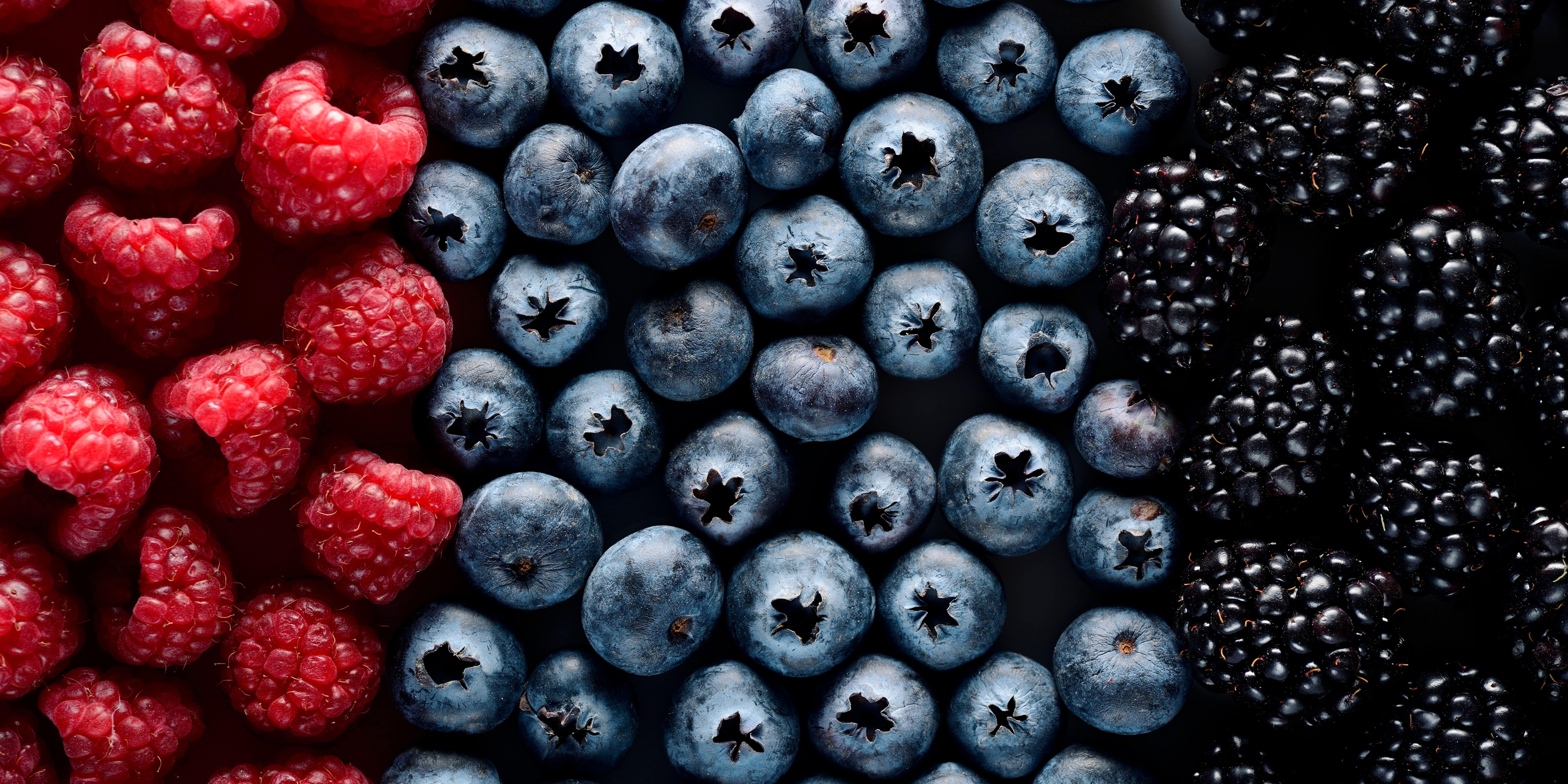
Berries: 4 – 7 days
Berries tend to be very delicate; they need to be kept in the fridge. Only wash the berries you are going to eat straight away, otherwise store them in a large, lidded container lined with a paper towel. Make sure the container is big enough as the berries need space to breathe. Unfortunately, berries do not have a long shelf life, be sure to check through the berries and inspect them for any mould or softening and remove if necessary.
Broccoli (Calabrese): 4-5 days
Do not store broccoli in a sealed container or bag. Loosely wrap the head of your broccoli in a damp paper towel before storing it in the fridge. This will provide a healthy and moist environment. Do not wash until just before you plan to use it.
Brussel Sprouts: 7 days
Keep unwashed Brussel sprouts in a plastic bag in the fridge, wash and peel just before use.
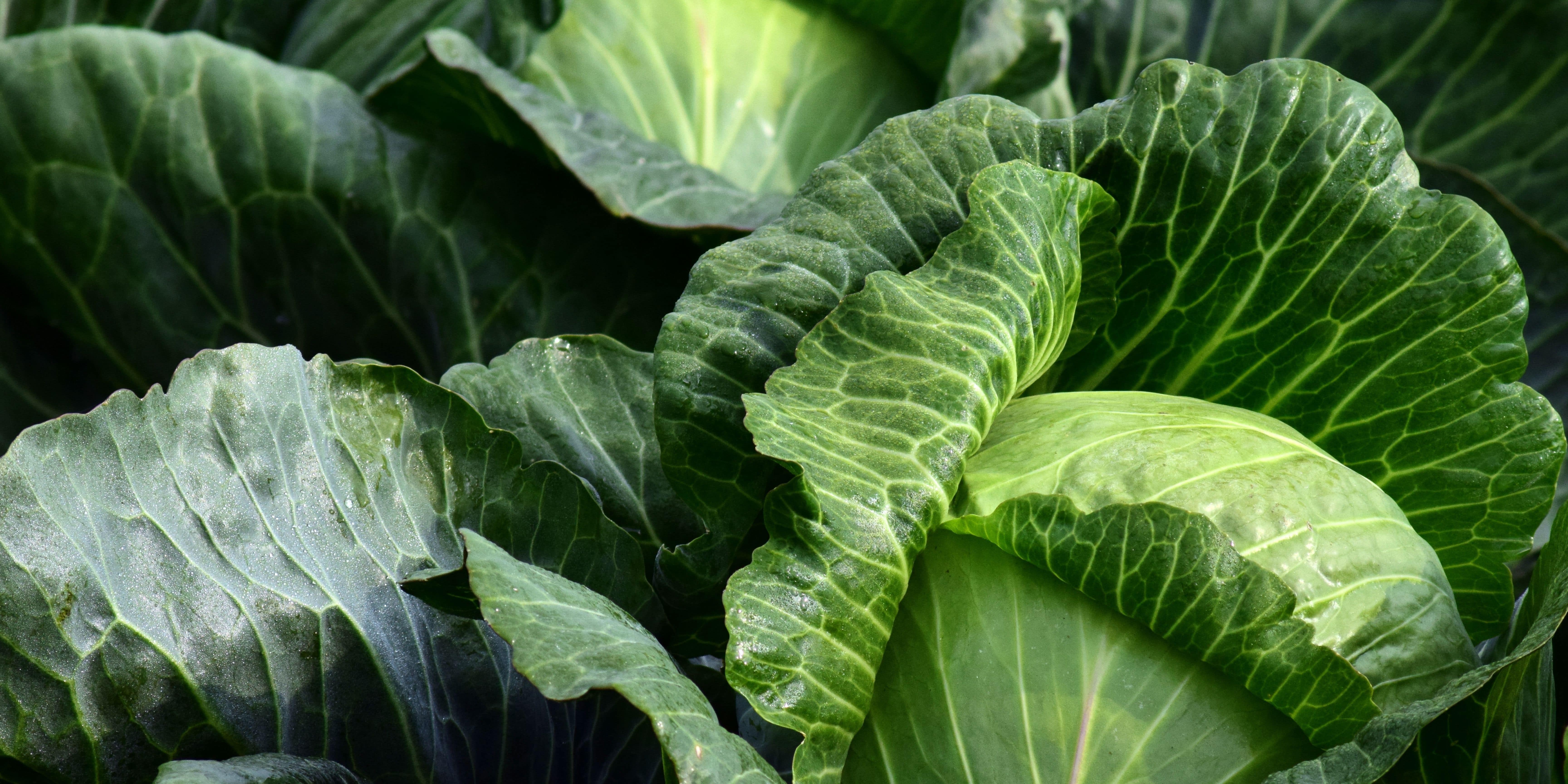
Cabbage: Up to 21 days
Store in the veg draw of your fridge. Once used, store the remaining in a sealed container or zip topped bag – the cut edges may oxidise, but these can be removed before use.
Cauliflower: 10 – 14 days
Cauliflower should be wrapped in plastic or left in the plastic packaging and placed in your vegetable draw of your fridge stem side up. This prevents the head from collecting moisture and therefore increases its shelf life.
Celery: 14-28 days
Celery heads should be stored whole, tightly wrapped in aluminium foil. Place the foiled heads into the fridge crisper draw as usual. This should keep the celery fresh for up to 4 weeks!!
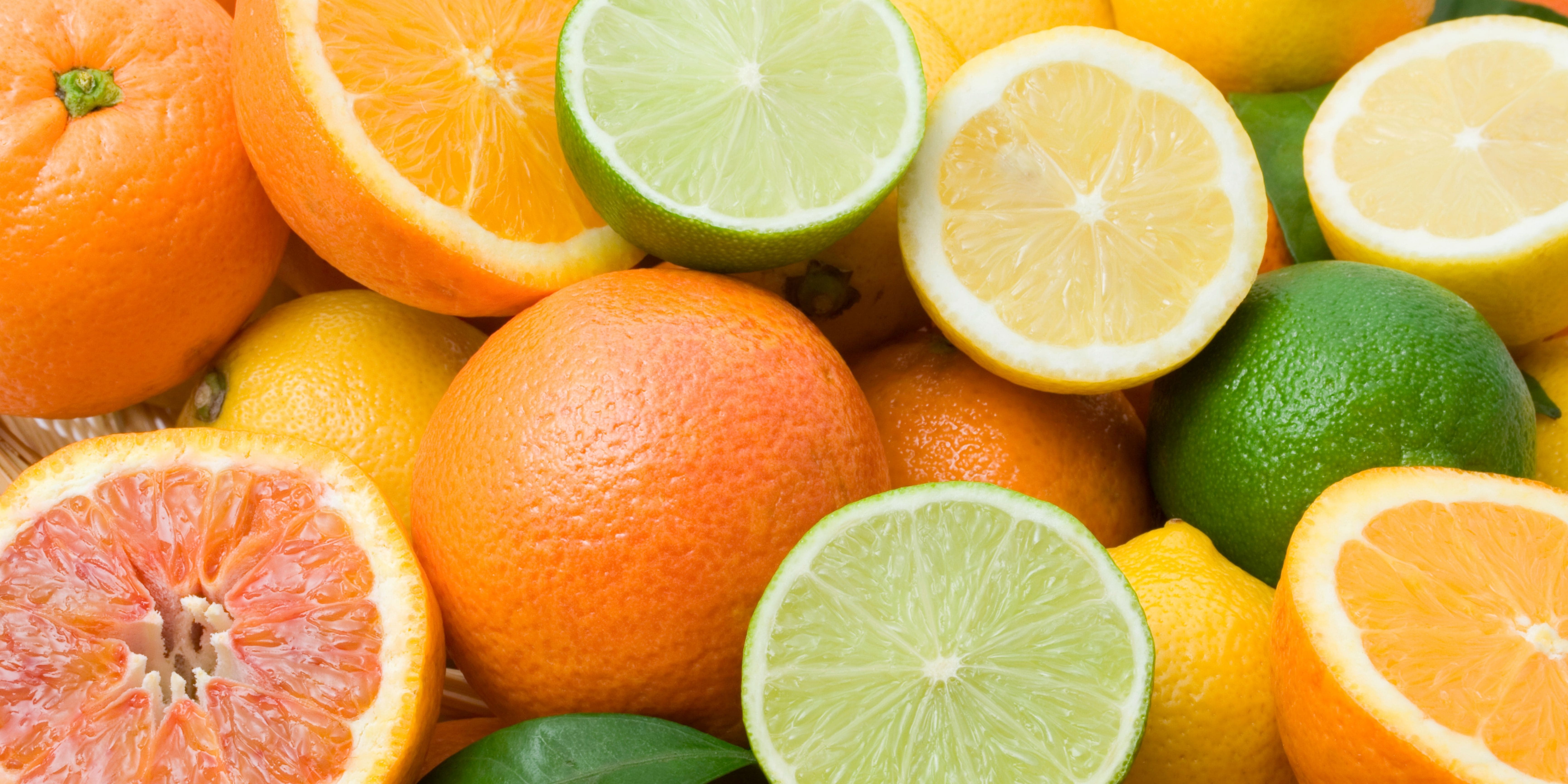
Citrus fruit: 14 – 28 days
All citrus fruits can be safely stored at room temperature for up to a week, Oranges and grapefruits are not ethylene-sensitive so can be stored with apples and pears, be sure to keep lemons and limes separate. To increase the shelf life of citrus fruit, store them in the veggies draw of the fridge, this will keep them fresh for up to a month.
Courgettes: 7 – 14 days
Courgettes should be stored a plastic bag, in the fridge unwashed.
Cucumbers: 7 days
Remove cucumbers from their packaging and wash. Thoroughly dry the cucumber and wrap in a paper towel before storing in the fridge.
Garlic and Onions: 14 days +
Do not store onions or garlic in the fridge. Store them in a cool, dry, dark place with air circulation. Only store leftover onions in the fridge in a sealed container.
Grapes: 7 – 14 days
Grapes should be stored unwashed in a plastic bag in the fridge. Wash them just before use.
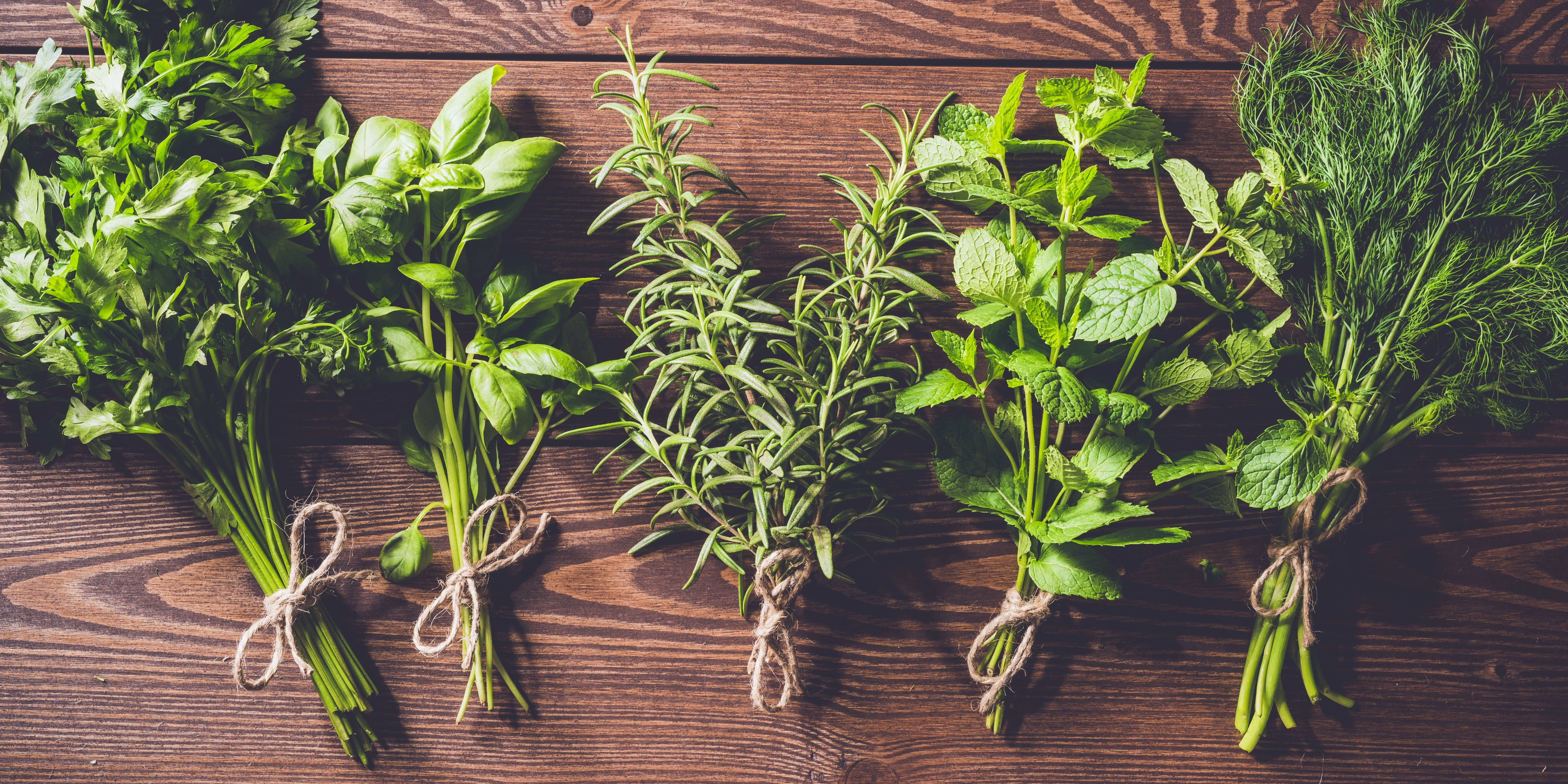
Fresh Herbs: 7 – 14 days
Fresh herbs should be washed with cool water and dried properly before storage. Herbs should be placed as a bunch in a glass of water, Basil should be left at room temperature but everything else placed in the fridge. Change the water every couple of days.
Leafy Greens: 7 – 14 days
Excess moisture will cause leafy greens to rot faster when placed in the fridge. Store them unwashed, remover any discoloured leaves and store in a zip-top bag or airtight container. More hardy lettuce substitutes such as endive, kale and watercress will last much longer than lettuce such as romaine or gem.
Pepper: 7 – 14 days
Store in the veggie draw of your fridge, unwashed. Ensure your peppers are dry before storage to make sure their shelf life is extended as much as it can be.
Pineapple: 4-5 days
Pineapples should be kept in the fridge once ripened at room temperature. If uncut, wrap the pineapple in plastic before storage. If cut keep in an airtight container.
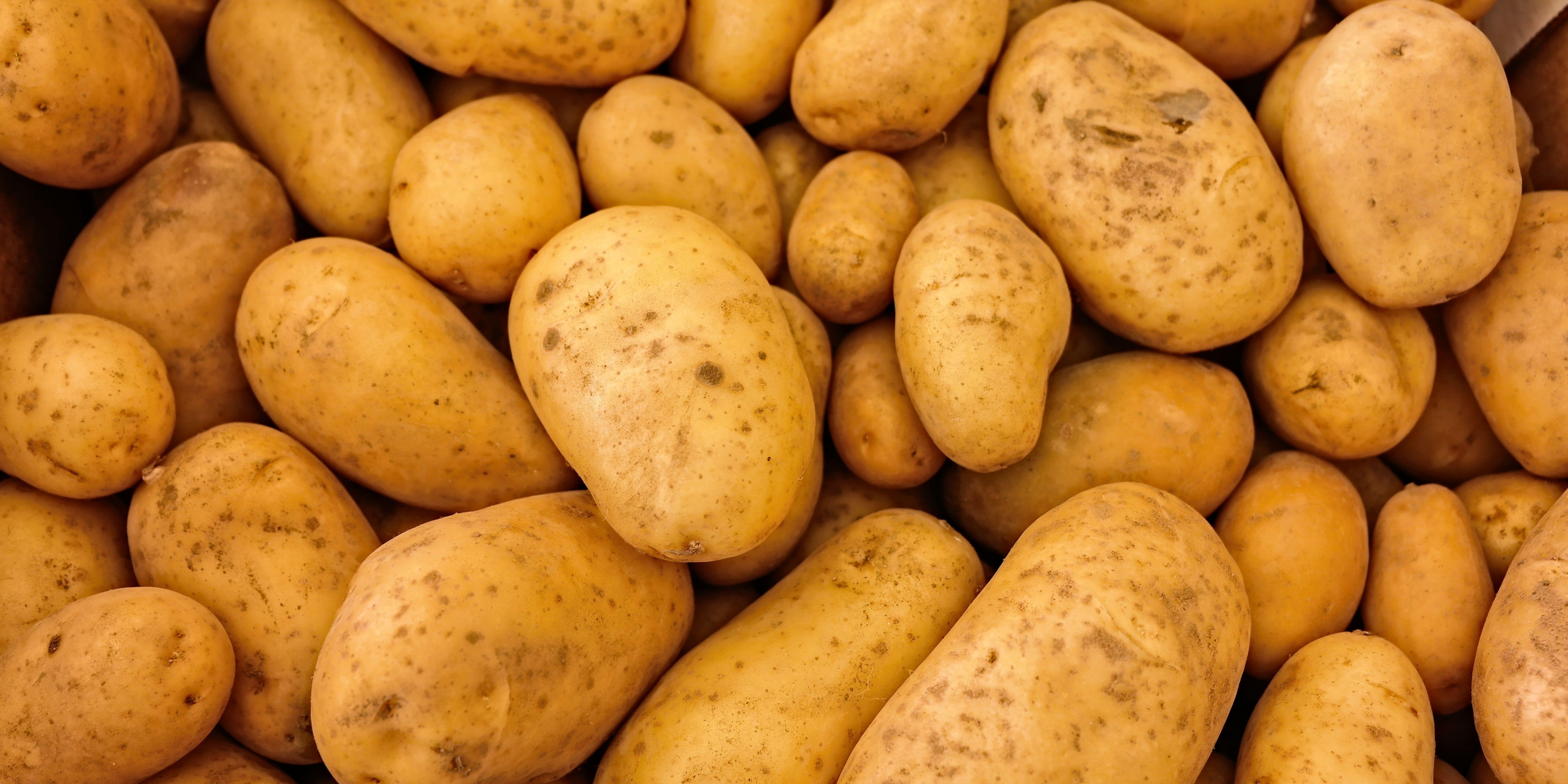
Potatoes: 2 – 3 months
First of all, separate your potatoes into what you can use in the short and long term. Any with bruising or broken skin, add to your short-term pile. Potatoes should be stored in a cool, dry and dark place that is not the fridge, exposure to light or moisture can cause rotting. Spuds need to be well-ventilated, so do not store them in an airtight container. Kitchen cupboards or cellars are the ideal location. However, they should not be stored with onions, as the gasses from onions can cause potatoes to sprout.
Tomatoes: 7-14 days
Surprisingly tomatoes should not be kept in the fridge. The fridge is too cold for tomatoes and damages their flavour, texture and even colour as it halts their enzyme activity. Tomatoes should be stored at room temperature upside down, with the stem on the hard counter. This is because the top of the fruit is much hardier and does not bruise as easily. Do not stack tomatoes on top of each other!
If you found this guide on storing fresh produce useful please share!!
